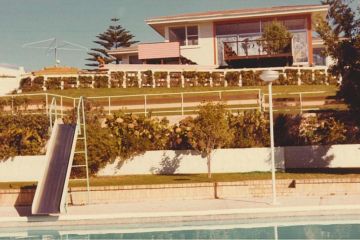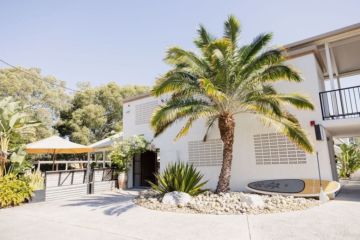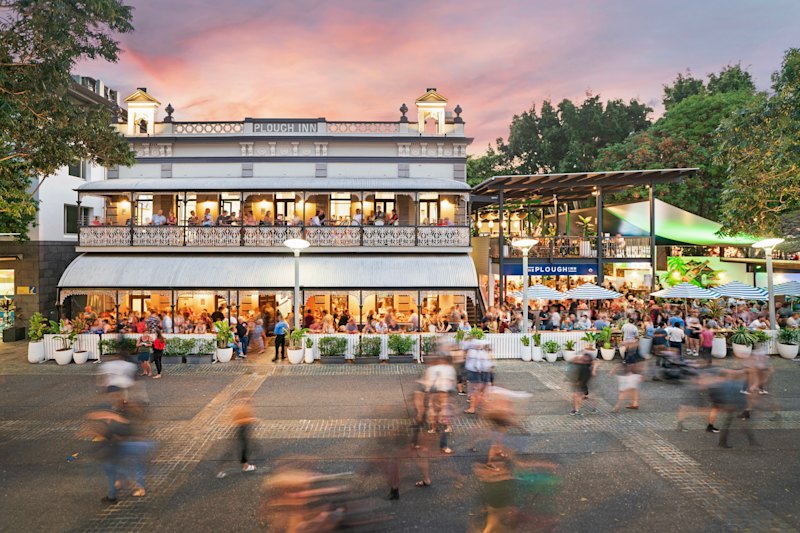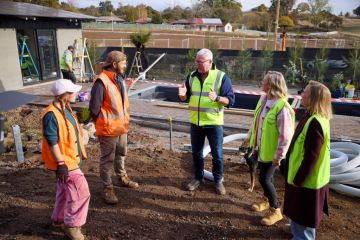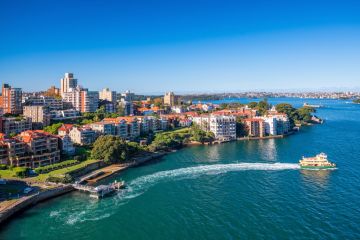Escape to Carnarvon, Western Australia: The town that played a surprising role in the NASA moon landing
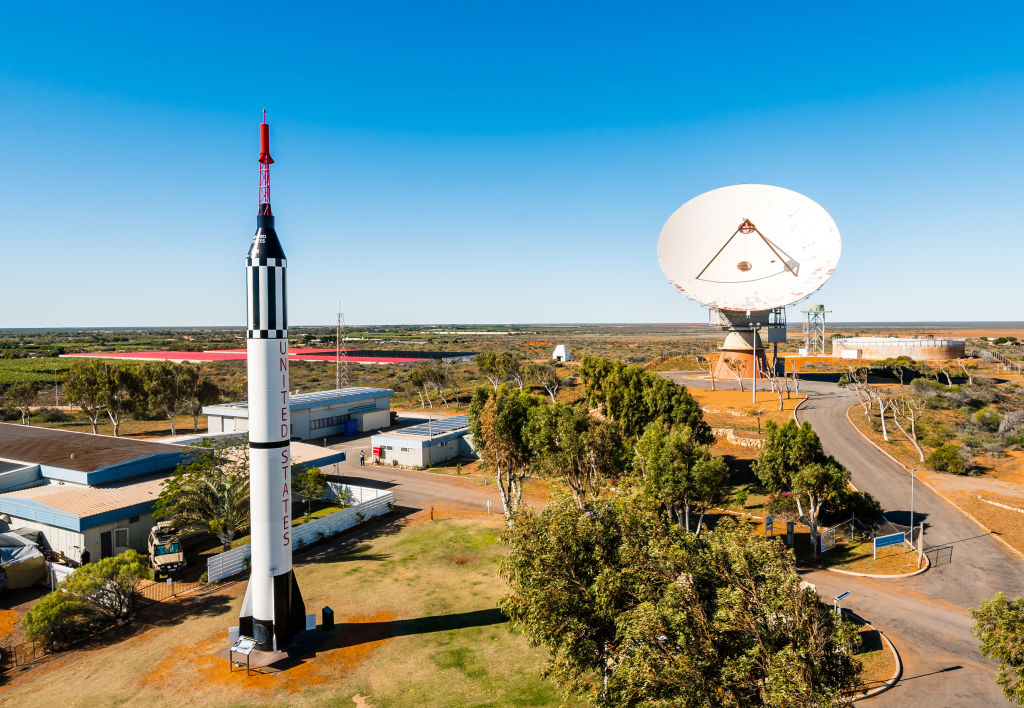
Ask any seasoned grey nomad about Carnarvon in Western Australia and they’re sure to rave about a beautiful town filled with mouthwatering seafood and fresh produce.
Known as the fruit bowl of Western Australia, Carnarvon is home to hundreds of plantations growing everything from bananas to mangoes, rockmelons to pawpaws. With 1200 hectares of irrigated land near the Gascoyne River, Carnarvon grows 80 per cent of WA’s fruit and vegetable crops.
Located on an idyllic route, a five-hour drive north of Geraldton, Carnarvon is the town where many travellers stop for a night while on the way to Coral Bay and the world heritage-listed Ningaloo Reef. Yet many decide to extend their stay when they stop and take in the postcard-like scenery.
And if there’s one thing the locals love about Carnarvon, it’s the consistently sunny weather. In the coldest month of the year, the temperature is a warm maximum of 22 degrees and at the peak of summer it reaches 32.
Population: 5528, as of the 2016 census
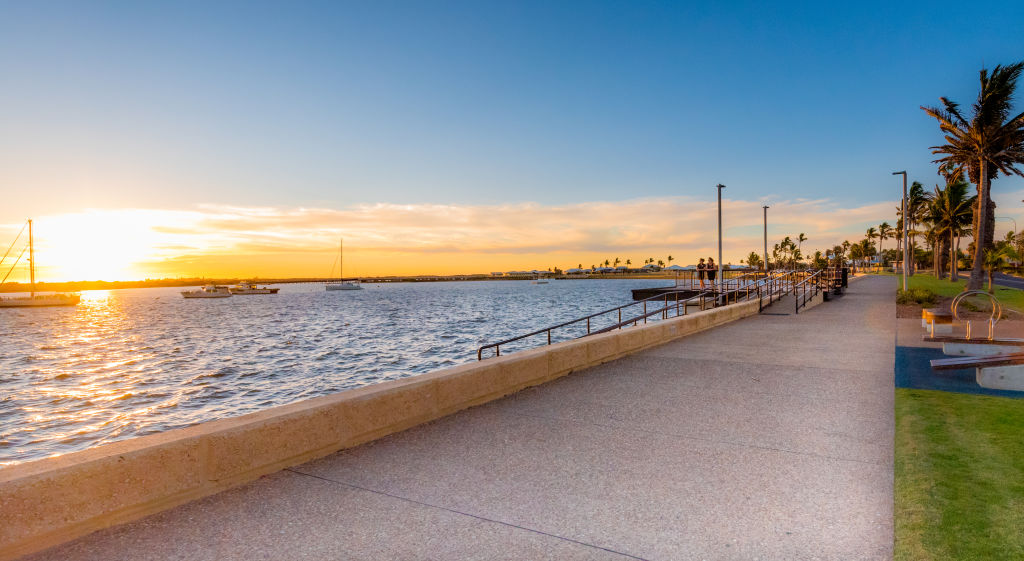
Who lives there?
Carnarvon’s small population creates a friendly atmosphere, but also relishes its position away from the hustle and bustle, says Steph Perry, owner of The Carnarvon Papershop.
“We’re almost like an island, we’re very isolated here,” she said.
“We are the Tasmania of the mainland.”
Ms Perry, who was born in Carnarvon, said locals come to her newsagency to not only grab a copy of the paper and their lotto tickets, but also for a chinwag. Many of them are older residents because the town’s dry climate makes it an attractive spot to retire to.
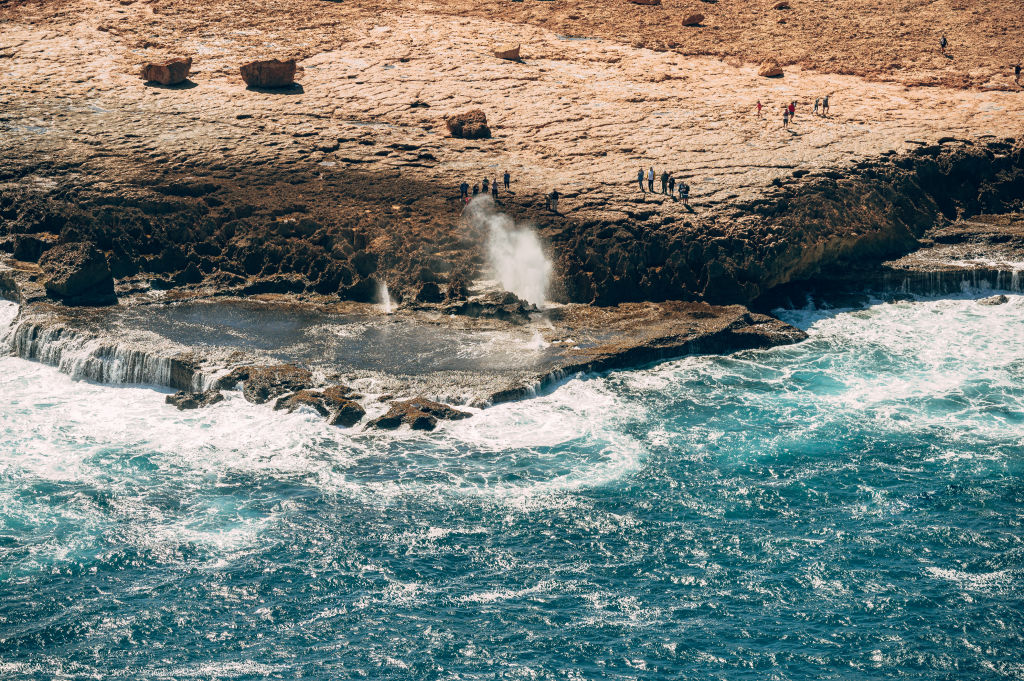
“It’s a wonderful community with an older demographic,” Perry said.
“A lot of older people have been directed to Carnarvon because of their health. It’s very dry, we don’t have humidity here.”
In its 2018-28 Strategic Community Plan, the Shire of Carnarvon credited the growth of people aged 70 to 79 with an increase in volunteers.
There are more than 1100 Aboriginal or Torres Strait Islander people living in Carnarvon and at a median age of 20, their age profile is much younger.
Carnarvon’s population is only expected to rise slightly to a forecasted 6550 by 2026 – up 18 per cent in 10 years. This is welcome news to many locals who are proud of the town’s small, outback feel.
What happens there?
People who love the great outdoors love Carnarvon. There’s camping, fishing and surfing aplenty.
Camping, or glamping, can be done at any of the seven caravan parks in Carnarvon or for those who like to be closer to nature, there’s Bush Bay. The bay is an 800-metre-long gap in the mangroves fronted by three-kilometre-wide tidal flats.
Surfers head north to Gnaraloo and Red Bluff, which are both 100 kilometres from Carnarvon and are only recommended for experienced surfers, who are advised to watch out for sharks.
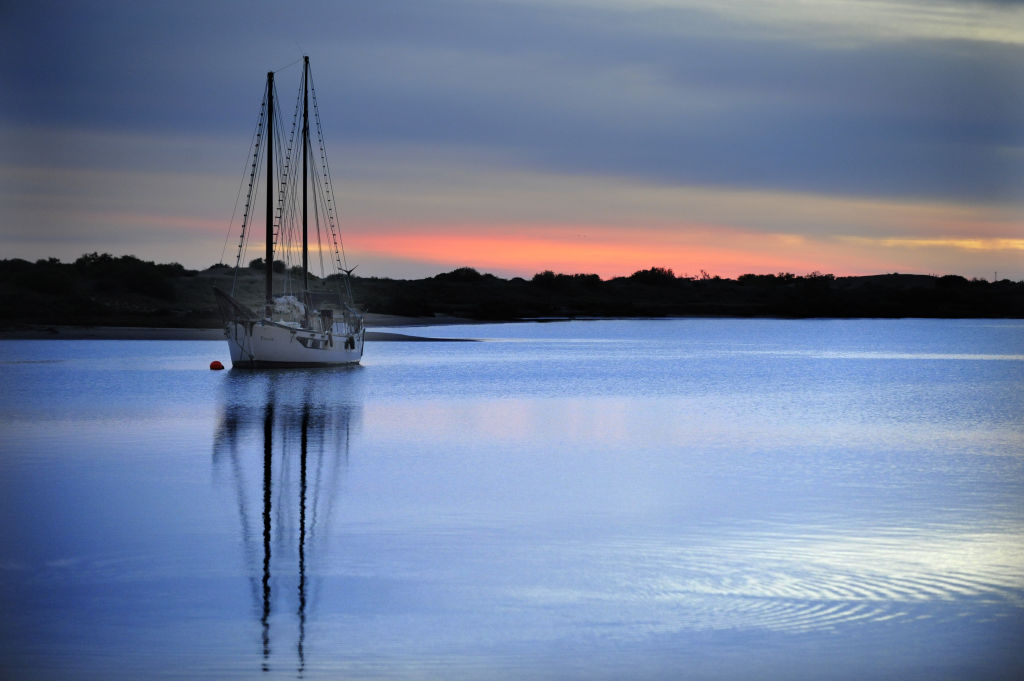
Peter Barrett, owner of the Carnarvon Motel, said recent upgrades to the town centre including the fascine, or bay, made it an equally attractive spot for tourists and locals.
“There’s a shopping centre in the main street and all the general cafes, and it’s got a revamped fascine, a waterfront that’s just been done up and the main street as well,” he said.
A major event in Carnarvon is the Gascoyne Dash, an off-road bike and car race held over the Easter long weekend. While coronavirus-related restrictions caused its cancellation this year, the Dash is celebrated as one of the toughest desert races in Australia with competitors taking on 405 kilometres of sand, gravel and dirt terrains between Gascoyne Junction and Carnarvon.
In the last week of May, the Carnar-Fin fishing competition draws dozens of recreational fishers to the waters. Prizes are awarded to the heaviest catch with categories including tuna, Red Emperor and whiting.
What’s life like?
Needless to say, life in Carnarvon is laidback. Its unspoilt beaches and tranquil bay areas make an outdoorsy lifestyle all too easy.
“It feels like a clean and healthy place to live,” said Luke Vandeleur, local businessman and shire councillor.
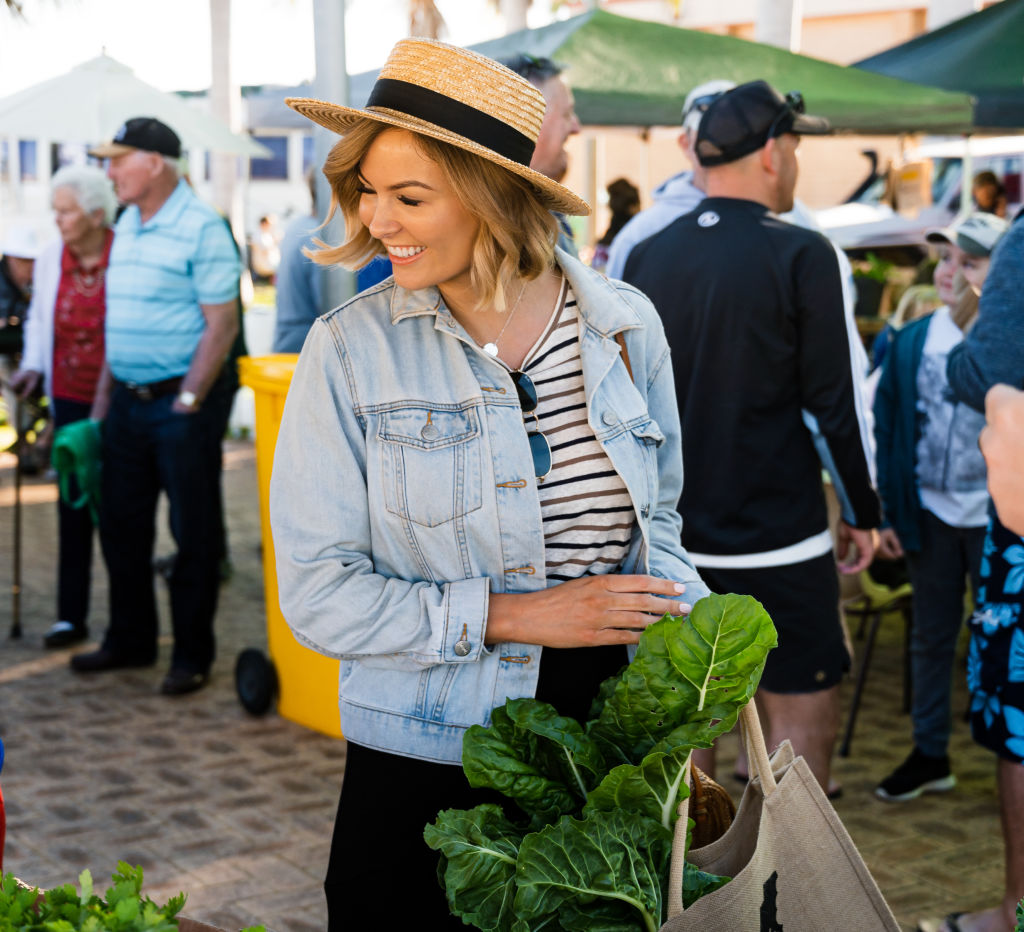
“There’s a lot of fresh local produce, you’ve got the outdoors and the beaches.
“I was in London recently and the big difference is here you’ve got clear skies and you’re outside breathing clean air. It’s a very relaxing and healthy place.”
Bountiful supplies of locally grown fruit and vegetables make Carnarvon a foodie’s paradise. Every Saturday morning from May to October, the Carnarvon town centre hosts the Gascoyne Growers’ Markets, where there’s everything from tropical fruits to seafood. Unfortunately the 2020 Gascoyne Food Festival in August has been cancelled due to the outbreak of COVID-19.
While its coastal treasures are a huge attraction for visitors, Carnarvon also has a rich past that would delight any history buff.
The Carnarvon Jetty, built in the 1890s, is credited with kicking off the town’s horticultural industry, opening the town to markets down south. The One Mile Jetty once hosted thousands of visitors, including many who rode the tourist train up and down its planks. Sadly it is now in a state of disrepair and closed in 2017.
Carnarvon played an important, but little-known, role in the space race. In 1964 it was home to the largest tracking station outside mainland USA, which was key to NASA’s manned moon project. The tracking station is now decommissioned, but its critical part in the moon landing is remembered at the Carnarvon Space and Technology Museum.
What jobs are there?
Carnarvon has a diverse economy that is led by the agricultural, forestry and fishing industries. These make up the majority of work in Carnarvon, employing 17 per cent of the population according to the 2016 census.
Tourism also accounts for a large portion of workers with 5.3 per cent of people in the accommodation industry. And mining group Rio Tinto is a major employer in the region.
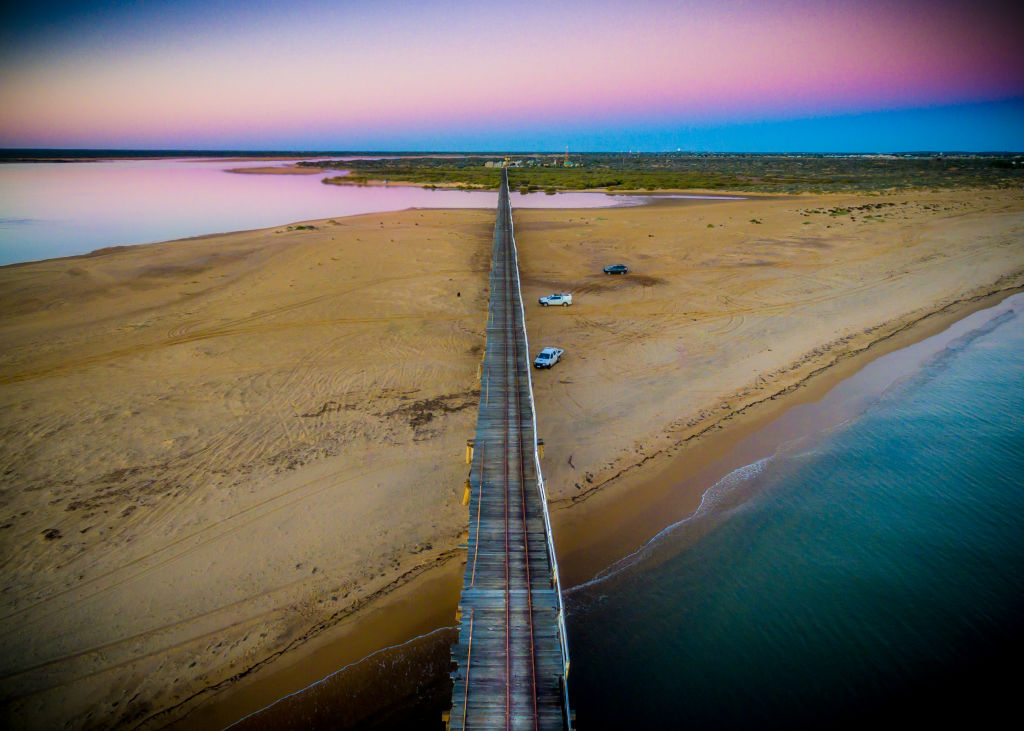
Untapped resources could see further growth in the local economy. The Shire of Carnarvon points to under-utilised land, which could be used for high value crops, and cultural tourism led by traditional owners.
Carnarvon sits within the traditional area of the Yingarrda peoples, who have lived in the area for at least 30,000 years. Gwoonwardu Mia, the Gascoyne Aboriginal Heritage and Cultural Centre, celebrates the five Aboriginal language groups across the region. The multipurpose centre hosts Indigenous exhibitions and a gallery with artwork by local artists.
Why should you move there?
Just when you think you’ve found all of Carnarvon’s treasures, there’s more.
You’ve seen the awesome blowholes, 75 kilometres north of the town, but did you take the extra one-kilometre journey from there to see the coral-filled lagoon? Its white sandy beaches and abundance of fish and shells make it ideal for snorkelling and family picnics.
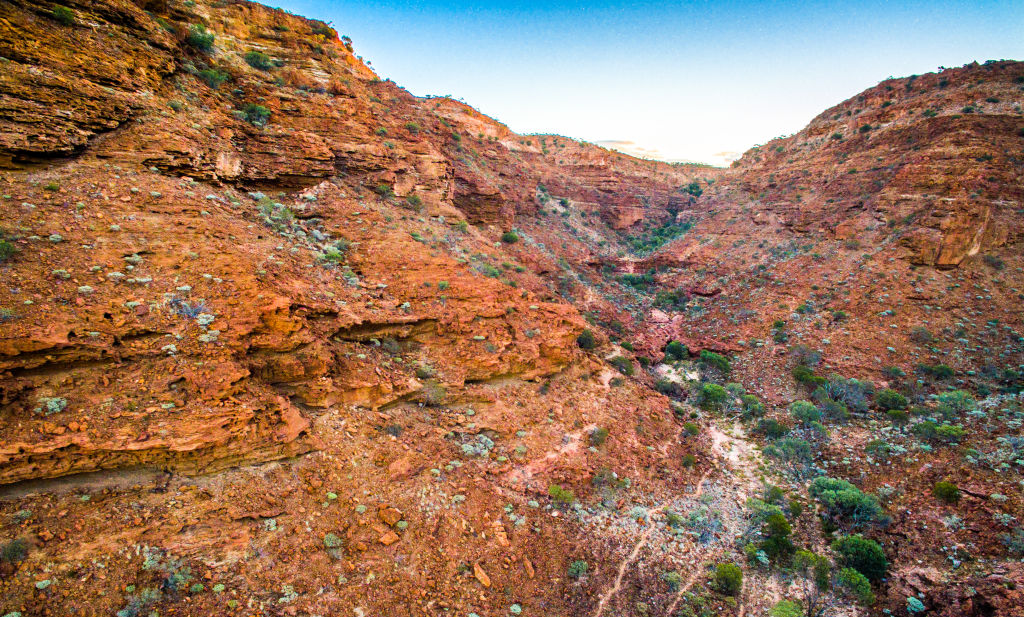
Then there’s Rocky Pool, a freshwater pool 40 kilometres east of Carnarvon. Surrounded by ghost gums and visited by kangaroos and emus, the pool is a perfect day-trip destination. Best of all, the waters are so warm you can swim in them year-round.
The town is also a gateway to one of the world’s largest monolith at Mount Augustus, and the Kennedy Range national park, home to the spectacular Honeycomb Gorge.
Carnarvon takes in a massive 53,000 square kilometres, so the list of places to explore is almost endless.
States
Capital Cities
Capital Cities - Rentals
Popular Areas
Allhomes
More

